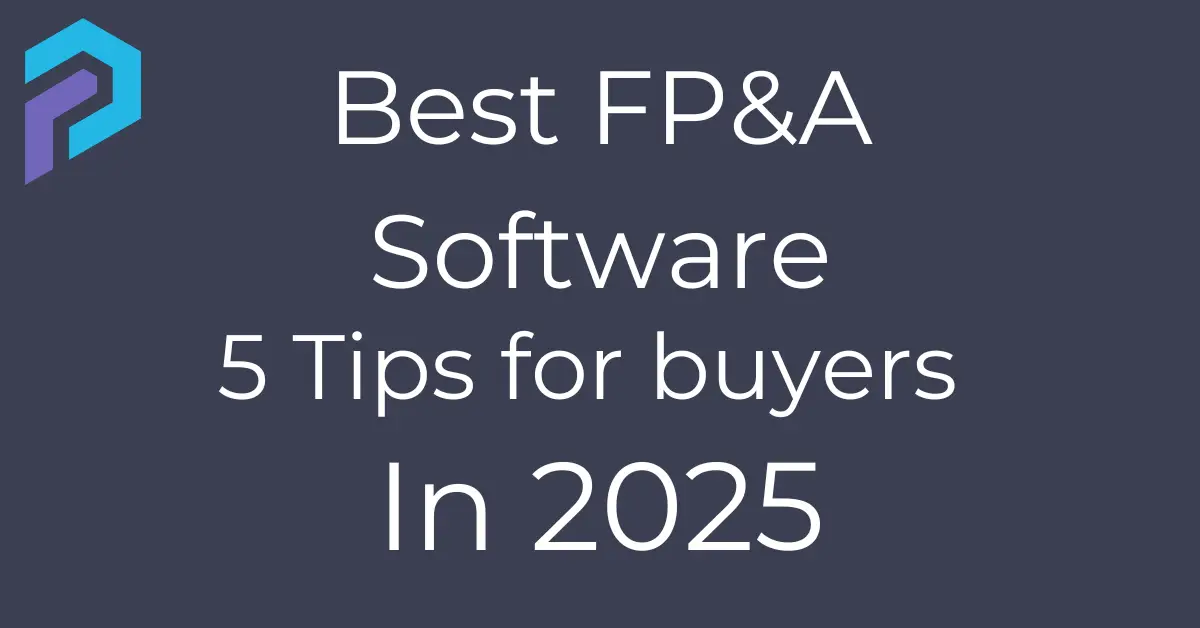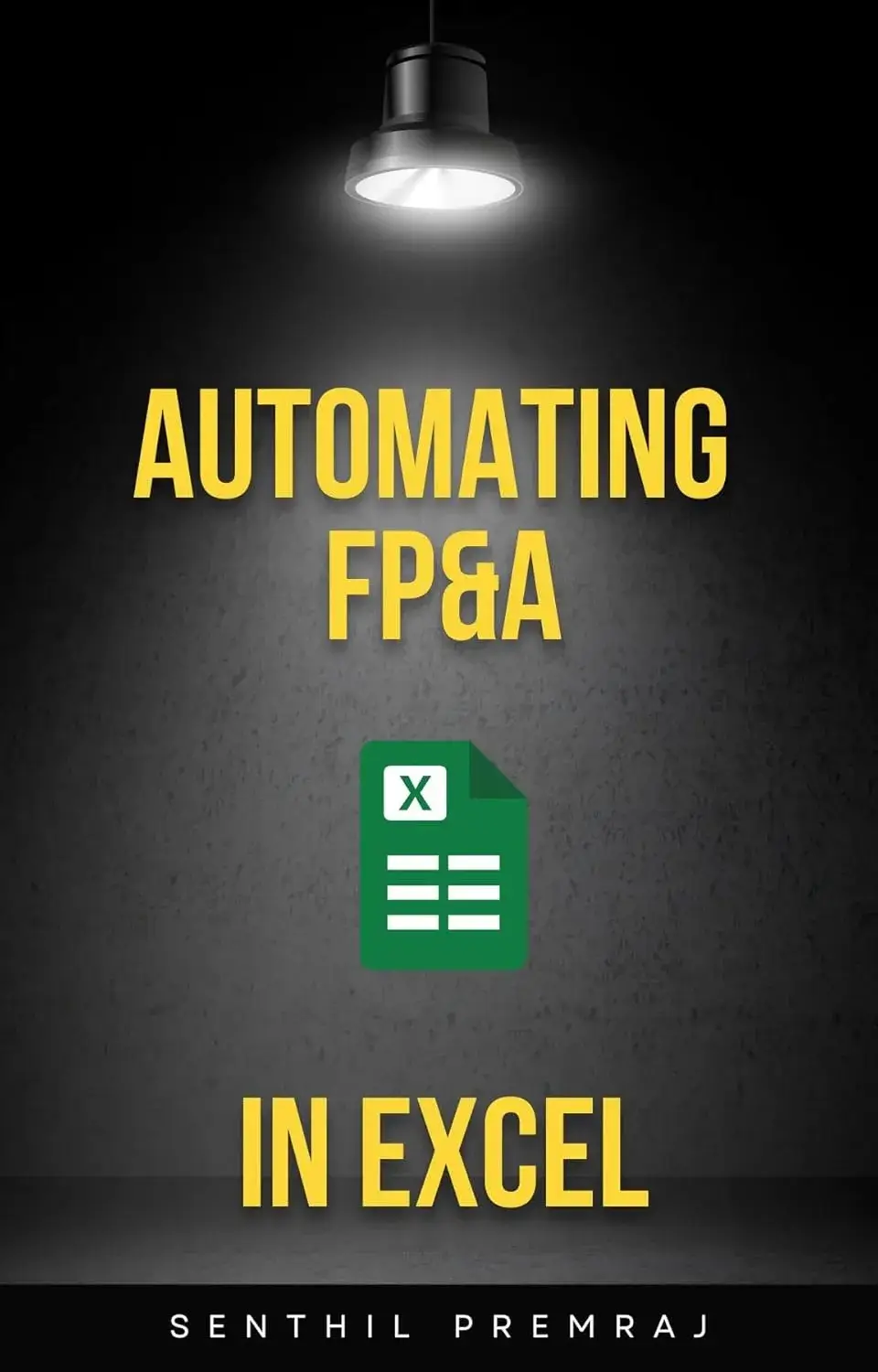With the financial planning and analysis (FP&A or FPA) landscape now offering more than 150 tools, selecting the best FP&A software for your needs requires thoughtful evaluation and key considerations. As vendors compete with a range of features and capabilities, it’s essential to focus on what truly aligns with your business goals. By understanding your requirements and weighing critical factors, you can confidently navigate the crowded market and make the right investment.
As a buyer, this variety can be overwhelming. To make an informed investment, you need practical insights, not just marketing jargon. In this article, we’ll highlight five key considerations from a buyer’s perspective to help you choose the right FP&A software in 2025.
Considerations When Choosing the Best FP&A Software
- Understand Your Business Needs
- User Compatibility and Adoption
- Flexibility for Partial Adoption
- Integration Capabilities
- Proof of Concept (PoC)
1. Understand Your Needs from a Buyer’s Perspective
Start by identifying your specific objectives. Are you looking to:
- Streamline and automate your budgeting process
- This means you might need a task management tool to drive your budgeting process, rather than just an aggregated spreadsheet software tool.
- Aggregate data from multiple sources to uncover insights, compare actuals to plans, or course-correct efficiently
- This means you might need a specialized script-based tool to handle data coming from multiple source formats.
- Perform advanced calculations, such as allocations, ratios, or forecasts, for decision-making
Whether you prefer Excel, web-based platforms, or AI-driven tools, your top priority should be choosing the best FPA software that simplifies your workflow and delivers measurable results. Clearly defining your needs will act as your guiding star, helping you evaluate options and make an informed decision.
2. Choose a Tool Aligned with Your Business Users’ Habits
To ensure success, consider the tools your business users are most comfortable with. Finance teams may embrace new software after training, but business users interact with these tools infrequently—perhaps once a month.
If your organization relies heavily on Excel, choosing the best FPA software that minimizes disruption while maintaining Excel compatibility can be transformative. This approach ensures a smoother transition, reduces resistance, and fosters user acceptance. On the other hand, forcing business users to adapt to a complicated new system often leads to frustration and lower adoption rates.
3. Prepare for Gradual Adoption, Not Perfection
Realistically, not every user will fully adopt the new tool immediately. Some may resist change altogether. To reduce friction, choose software that accommodates partial adoption initially, allowing non-participating users to continue with existing methods.
For example, if your finance team moves from Excel to a modern budgeting platform, the transition will likely be straightforward for them. However, expecting all business users to navigate the platform and input their data seamlessly will take time. A phased approach—starting with the finance team and gradually encouraging broader adoption—often works best.
4. Prioritize Meaningful Integrations
Many FP&A vendors claim to integrate with virtually every software, but integration alone isn’t enough. The quality and depth of the integration matter.
For instance, integrating with Xero might easily pull in a trial balance, but it may not support custom reports. If your process depends on specific data that the integration doesn’t provide, the software won’t meet your needs. Evaluate integrations carefully to ensure they align with your data requirements.
In many cases, exporting data from the source system and importing it may not be an arduous task; the real challenge often lies in formatting the data in between. Therefore, the best FP&A software isn’t just about having an API-based connection—it also requires the ability to handle and transform multiple source format exports seamlessly.
5. Demand Proof of Concept (PoC)
In FP&A, generic references and case studies often fall short. Your organization’s data is likely stored in unique, nuanced ways that require tailored solutions. Statements like “We integrate with X software” or “It worked for a company in your industry” don’t guarantee success.
A proof of concept is essential to validate the tool’s compatibility with your specific data and workflows. Test the software using your actual data to ensure it meets your expectations before committing to a purchase.
Conclusion for choosing best FP&A Software
Selecting the best FP&A software in 2025 requires thoughtful evaluation and a buyer-centric approach. By understanding your needs, considering user habits, planning for gradual adoption, focusing on meaningful integrations, and insisting on a proof of concept, you can confidently navigate the crowded FP&A software market.
Invest in a solution that aligns with your business goals and simplifies processes for both finance and business users. The right choice will empower your team to make informed decisions, drive efficiency, and achieve financial success.




